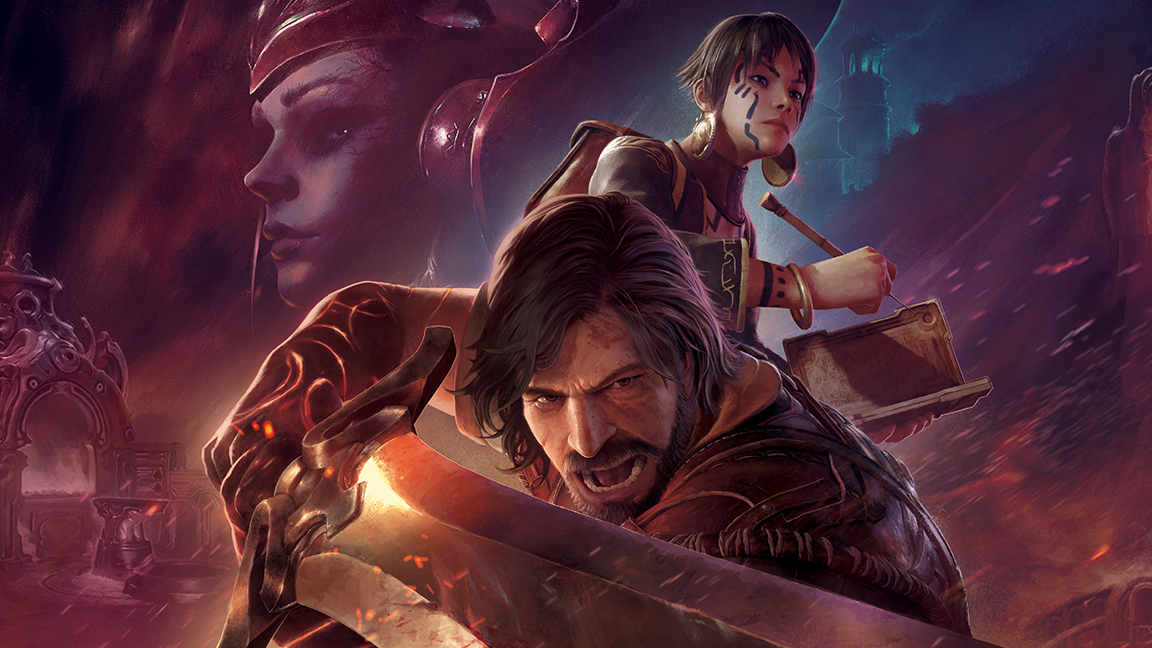
Photorealism dominates game art and art direction, but MercurySteam's Blades of Fire takes a bold detour and taps into the studio's heritage for textured, artistic game worlds.
Instead of chasing hyper-detailed textures and cinematic gloss, the the game's art team has opted for something richer, riskier and ultimately more resonant: a painterly world bursting with expression, chiaroscuro contrast and visual storytelling.
Blades of Fire is a game that blends Elden Ring-like combat design with God Of War: Ragnarok bombast, but does so with its own unique identity. It feels like you’re entering a living painting, a world where every digital brushstroke carries meaning. For MercurySteam CEO Enric Álvarez, this wasn’t just a stylistic flourish; it was a foundational design principle.
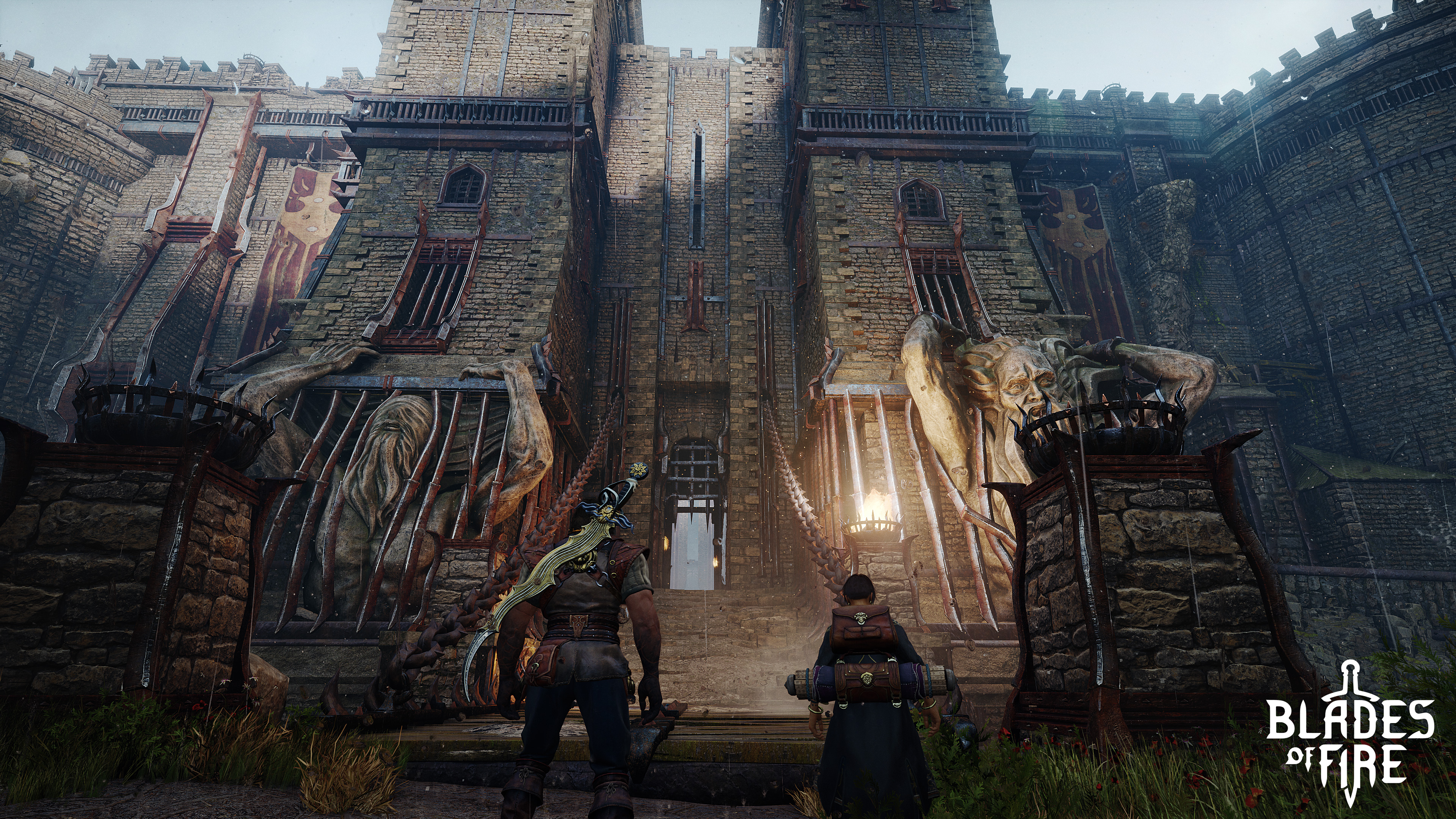
"We deliberately prioritised a more stylised, painterly look over photorealism," Enric tells me. "It gives the game a strong and unique personality, and it fits the story we’re telling much better than a more realistic visual style would have."
He adds: "From the very beginning, we knew we wanted strong contrasts between light and darkness – even if it meant the main character would sometimes be swallowed by the shadows."
The aesthetic is no accident. Built on the sixth iteration of their proprietary Mercury Engine, the game leverages tech tailor-made to serve an artistic vision rather than the other way around. According to Enric, this choice liberated the team. "Not being obsessed with photorealism gave us the freedom to let our imagination run wild," he says.
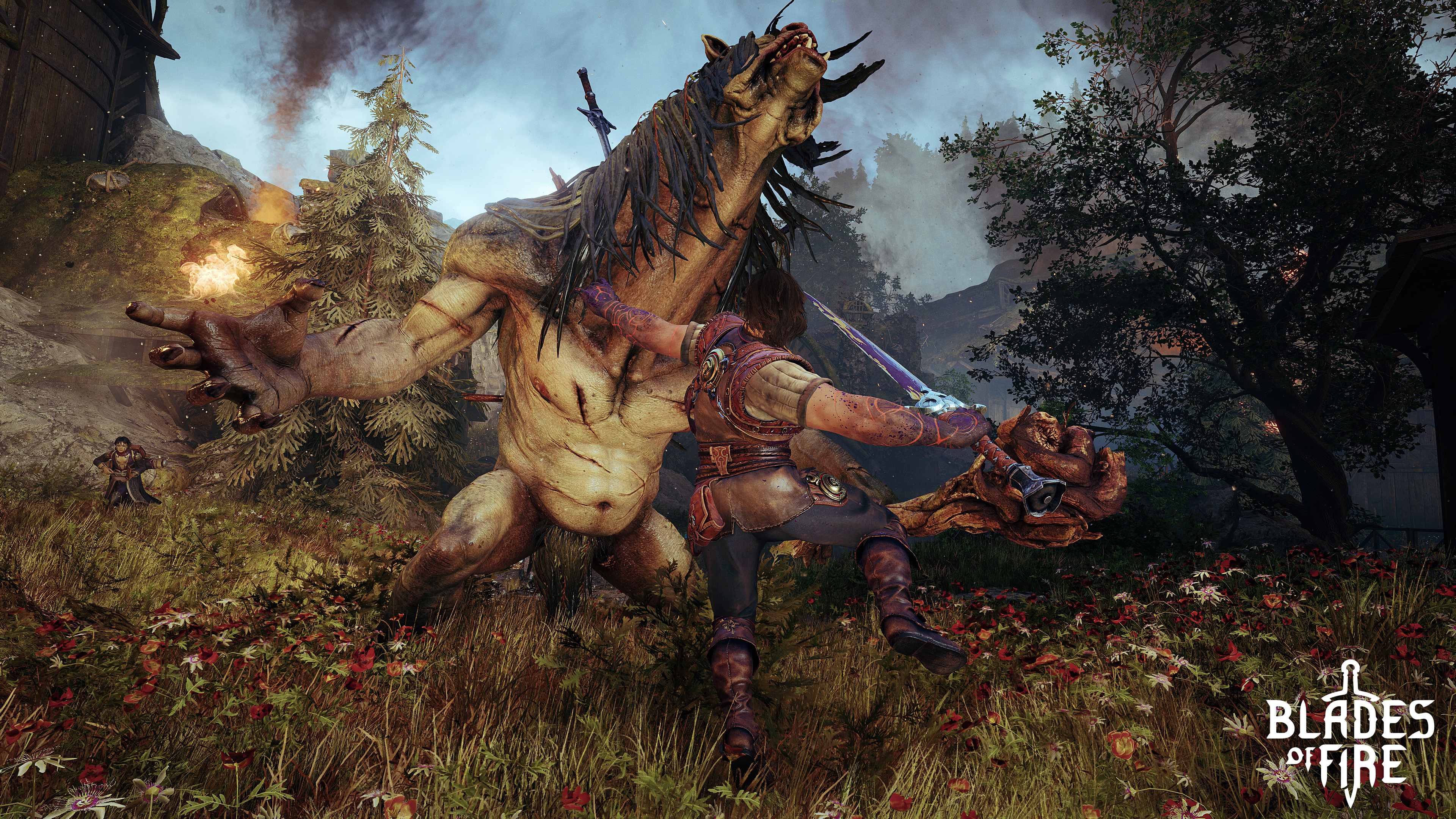
A light touch
A standout element of Blades of Fire is its masterful use of lighting. Inspired by classical art techniques like chiaroscuro, the game’s visual language leans hard into dramatic contrast. It's Caravaggio meets Frank Frazetta, with silhouettes dissolving into shadow and bursts of illumination slicing through moody backdrops. It's all, kind of, well… beautiful, in a distressing, gruesome way.
"Lighting is absolutely key to achieving that 'illustration in motion' feel we were aiming for," Enric explains. The team spent months tuning light systems to ensure consistent quality across both sprawling exteriors and claustrophobic interiors. "Usually, you have to compromise one for the other. But that’s not the case in Blades of Fire."
This nuanced approach to light and shadow isn’t just cosmetic. It plays a role in gameplay too, influencing enemy behaviour, stealth mechanics, and environmental storytelling. Light doesn’t just illuminate; it guides, warns and reveals dangers and secrets to you, the player.
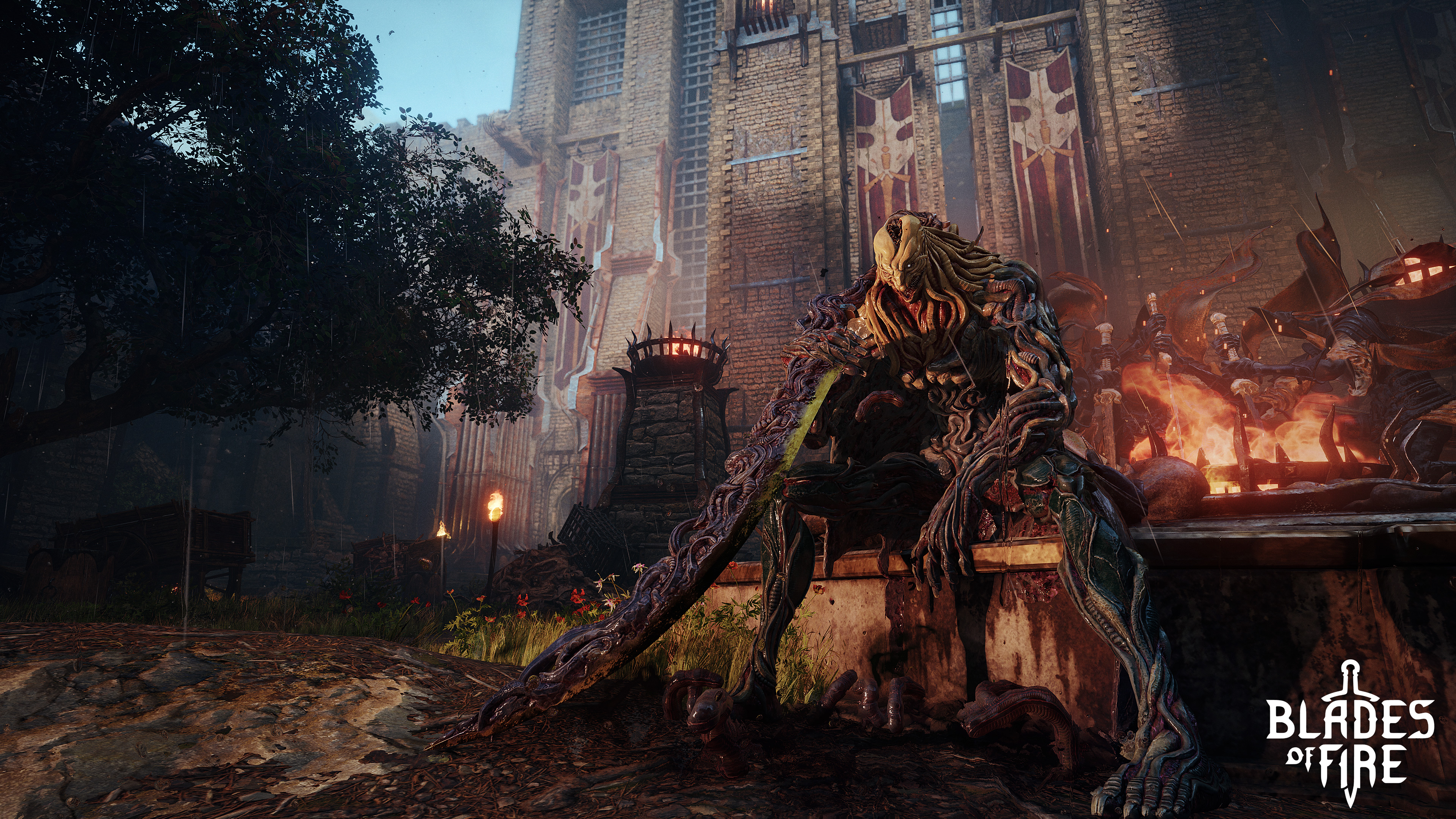
Colour creates emotion
Blades of Fire also rejigs how colour interacts with the game's narrative and its approach to storytelling. The game doesn’t just use colour to create and render striking environments – mist-shrouded forests and towering stone keeps – but it uses it to guide the player's emotional journey.
"Each palette shift serves not only an aesthetic purpose, but also reinforces mood, tension, and atmosphere," says Enric. "Vibrant tones gradually give way to harsher hues, then colder shades, subtly mirroring the deepening emotional stakes."
One of the more intriguing uses of colour is seen through the work of Adso, a character whose hand-drawn maps and annotations are threaded through the story. His art, influenced by the engravings of Gustave Doré, adds a layer of introspection and quiet beauty that contrasts sharply with the raw brutality of the world around him.
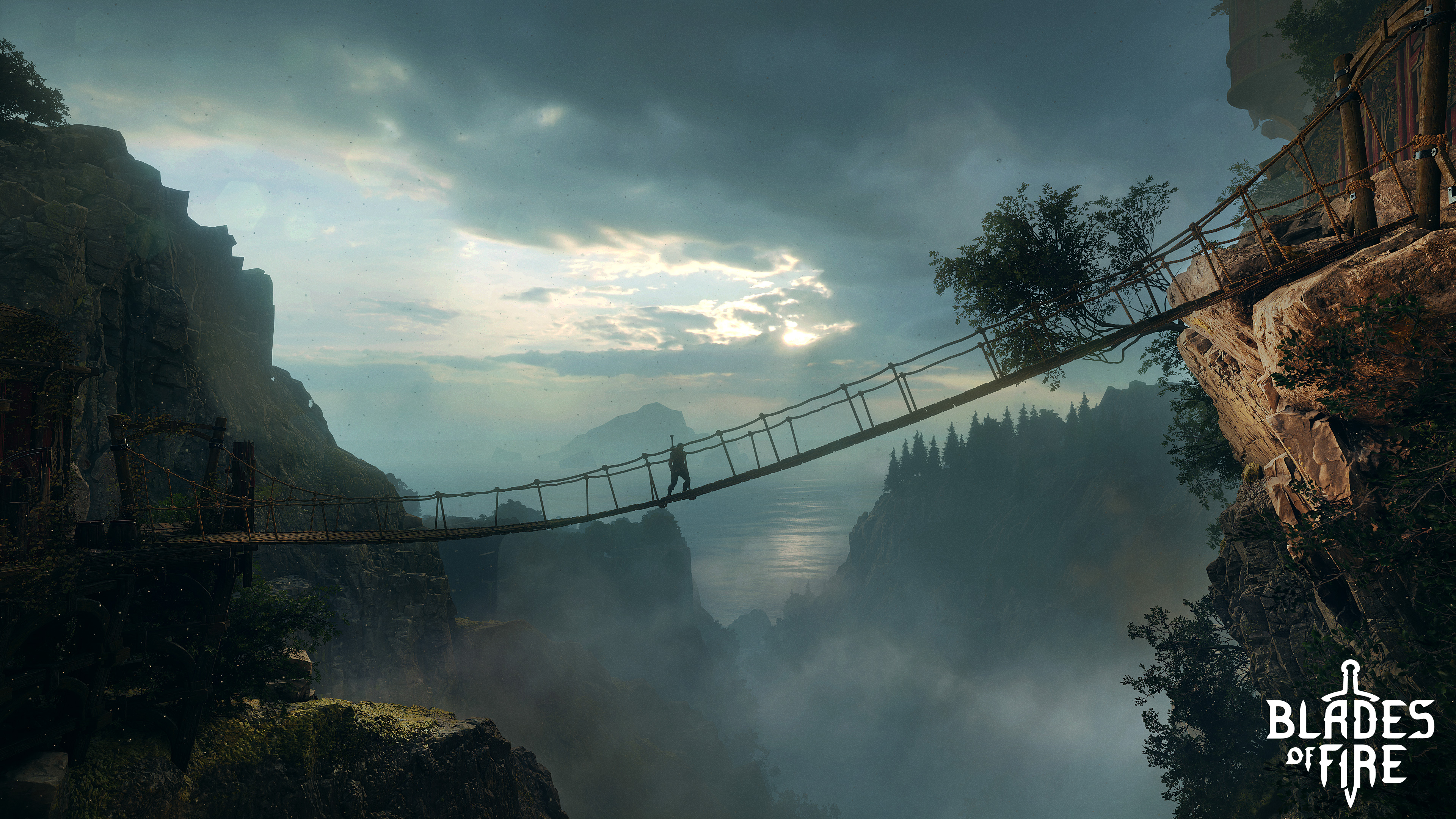
The decision to tap into a painterly art style wasn’t just about aesthetic preference, it was a philosophical choice. Enric is adamant that video games are art, and that longevity in visual design often comes from art direction, not tech specs. (Something I agree with, if you read my opinion in the upcoming Metroid 4 Beyond for Switch 2.)
"Technology becomes outdated very quickly in this industry, but artistic vision is much more independent of the tools that support it,” Enric says, adding: "It has a longer lifespan."
This ethos isn’t new to MercurySteam. Games like Castlevania: Lords of Shadow and Metroid: Samus Returns were lauded for their strong visual identities. But Blades of Fire pushes that approach further. From exaggerated anatomy to surreal architecture, the game embraces expressionism over fidelity. It’s not trying to mimic reality, this fantasy game is trying evoke an emotion.
"Breaking realism was actually a core principle from the start," Enric confirms. "The reason was simple: to give strength and uniqueness to the world and the story we wanted to tell."
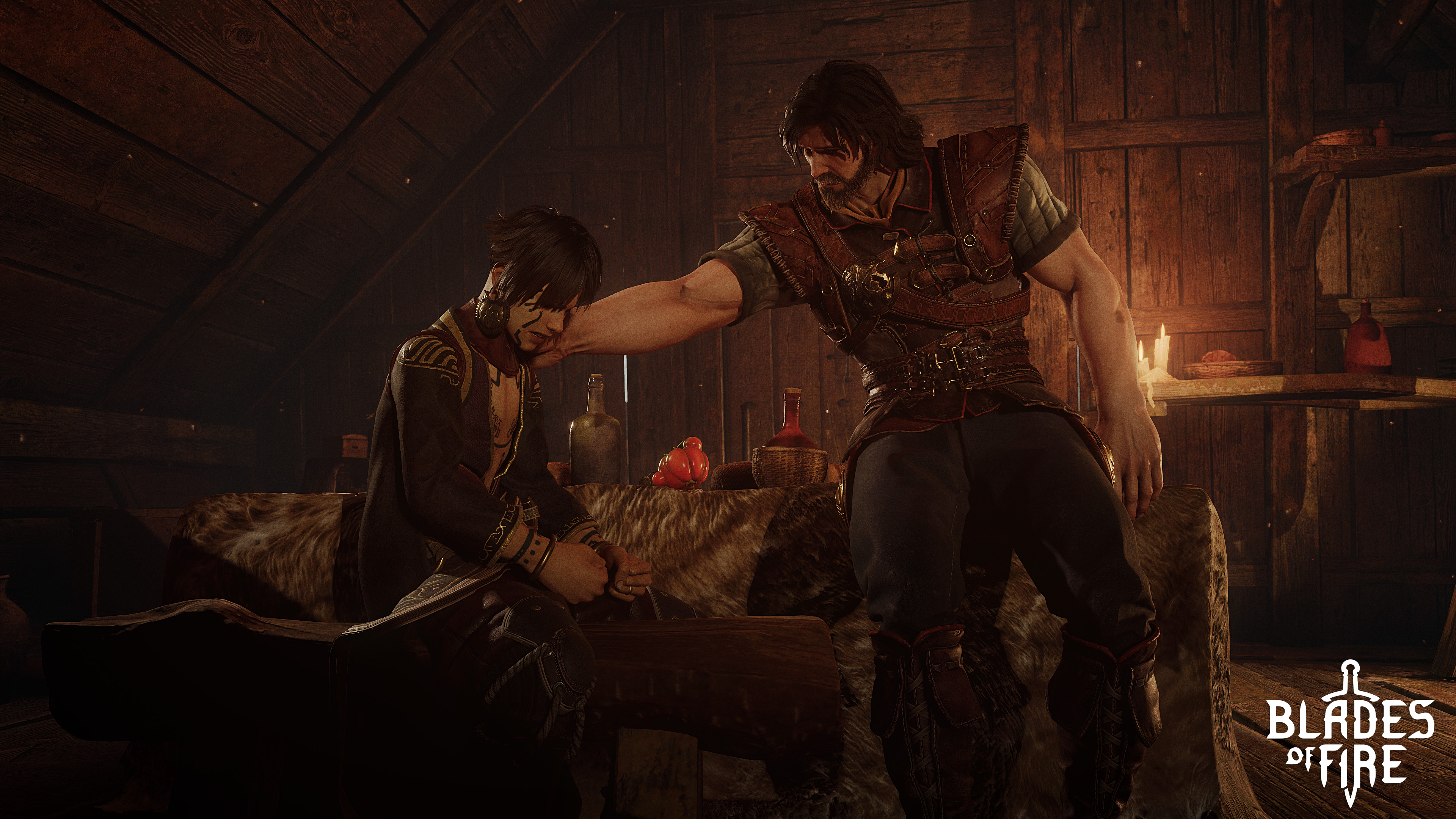
The Frazetta influence
The art of Blades of Fire wears its influences proudly. Enric tells me how Frazetta’s Conan the Barbarian-era intensity and Doré's intricate, symbolic linework are two key touchstones. The former informs the game’s muscular, high-fantasy visual drama; the latter, its quieter, reflective side.
"[Frazetta's] colour palettes, texture work, and above all his interpretation of volume and anatomy were instrumental in designing many of our characters and in composing promotional materials such as posters and key art," shares Enric. "His style, alongside others, helped shape the visual power required by the world of Blades of Fire."
"Frazetta was the visual engine of action and strength," says Enric. "Doré was the graphic soul of introspection and personal storytelling. Together, they shaped a cohesive art direction rich in contrast and nuance."
That tension between bold and contemplative, chaos and control, defines Blades of Fire. It’s a game that gives you spectacle and soul in equal measure.
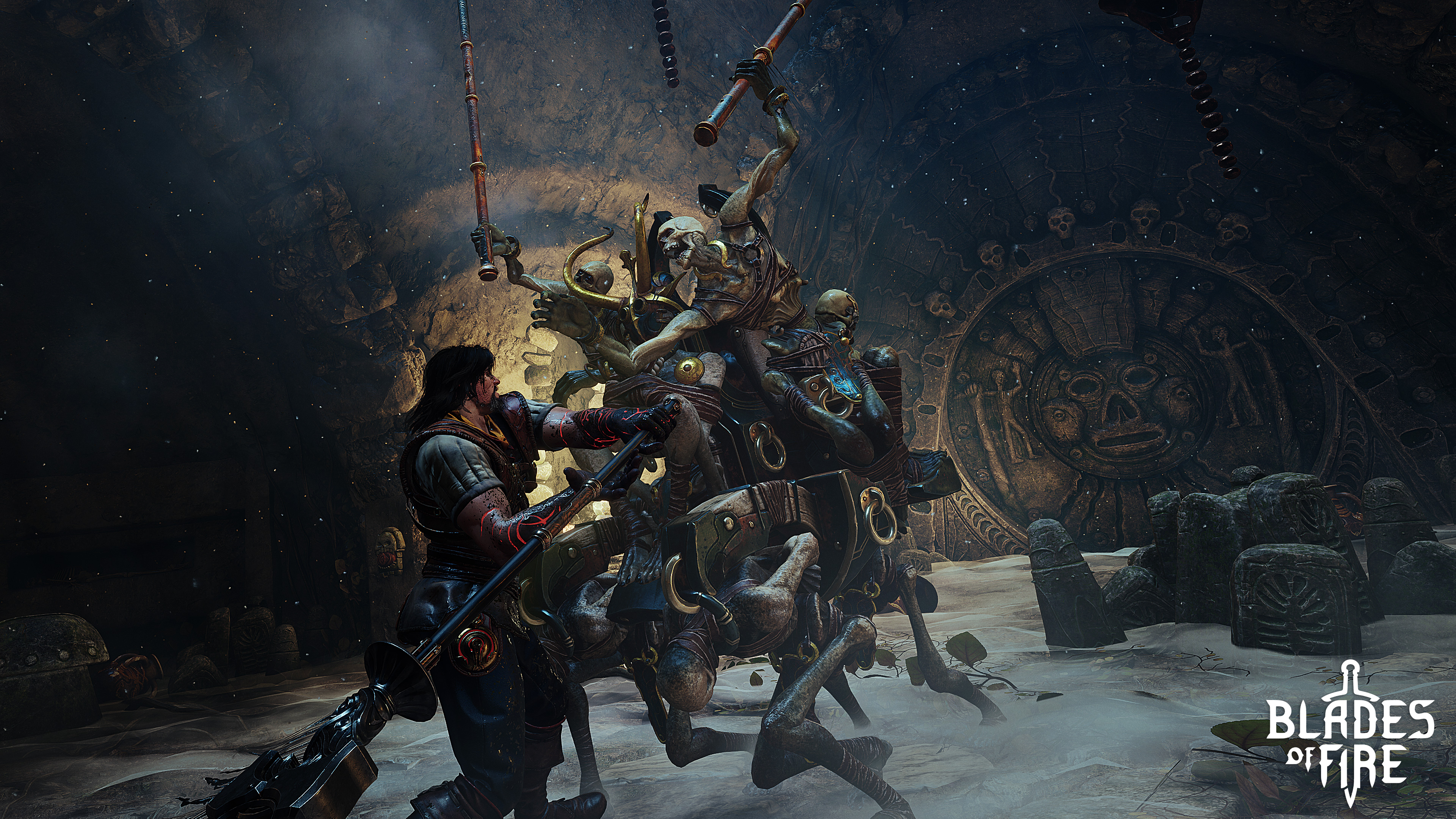
MercurySteam has a track record of creating visually ambitious games. From the baroque darkness of Lords of Shadow to the clean sci-fi minimalism of Metroid, their visual storytelling has always had range.
"We’ve worked incredibly hard and had an absolute blast creating all of those universes," Enric reflects. "Honestly, we feel very lucky to be able to do what we do."
But Blades of Fire feels like a culmination, a project where the studio took everything it learned from past games, and synthesised it into something new. That includes taking risks. Bucking trends like photorealism isn’t easy, especially when it's what most players expect from a next-gen game.
"Sometimes it is hard. But I believe every artist must stay true to their vision," he says. "At any given time, you work with the tools and technology available to you."
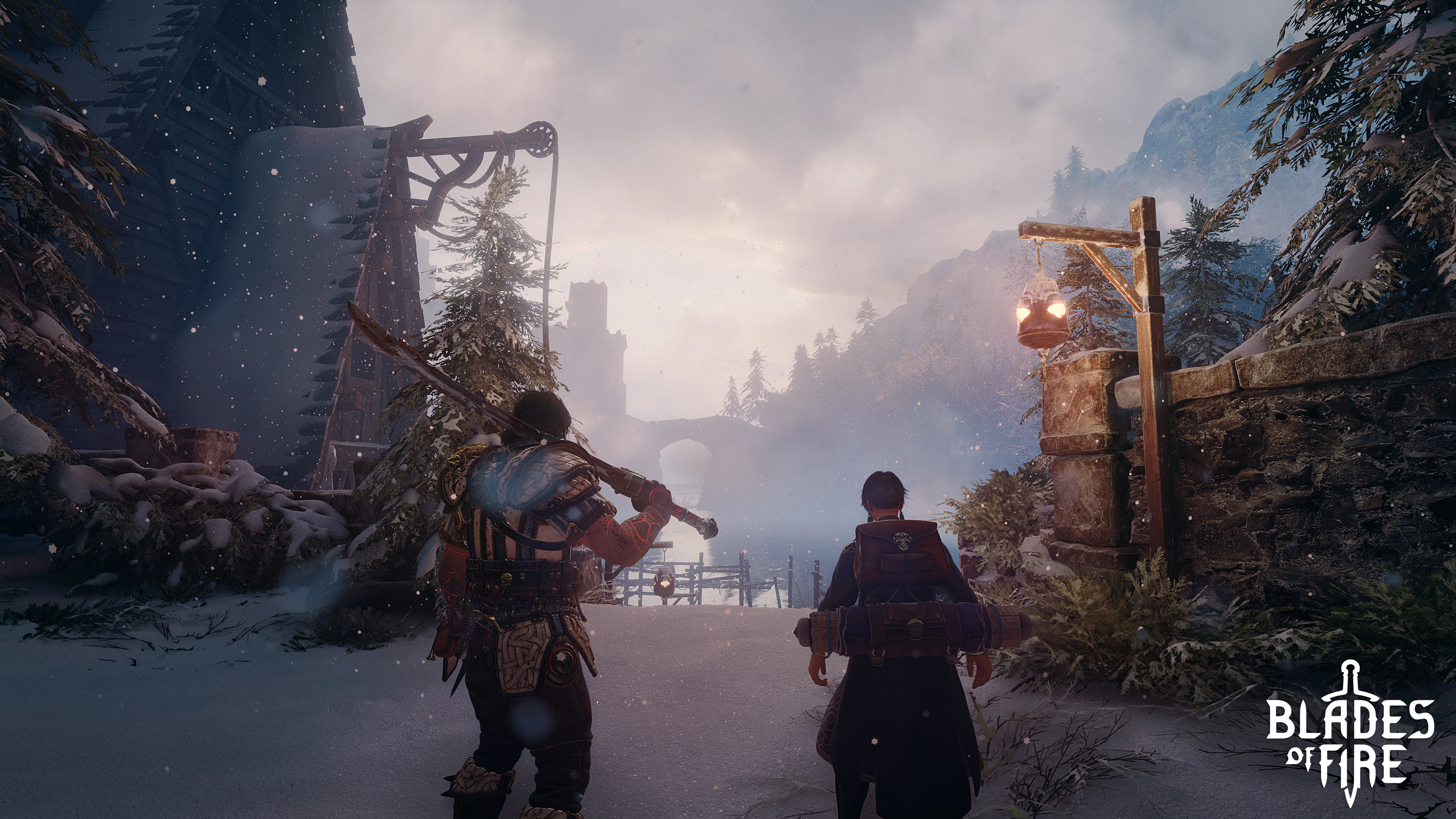
Artist instinct over tech
Make no mistake: Blades of Fire is very much a modern game, releasing for PS5, Xbox Series X/S and PC. It pushes the hardware to the brink, with high-fidelity textures, real-time lighting, and a level of interactivity only possible on the best game consoles. But all that muscle is in service of emotion and an artistic vision.
"It’s all about offering players a world, gameplay, and a story that can move them and challenge them," Enric says. "And that, to me, transcends any specific technology, past, present, or future."
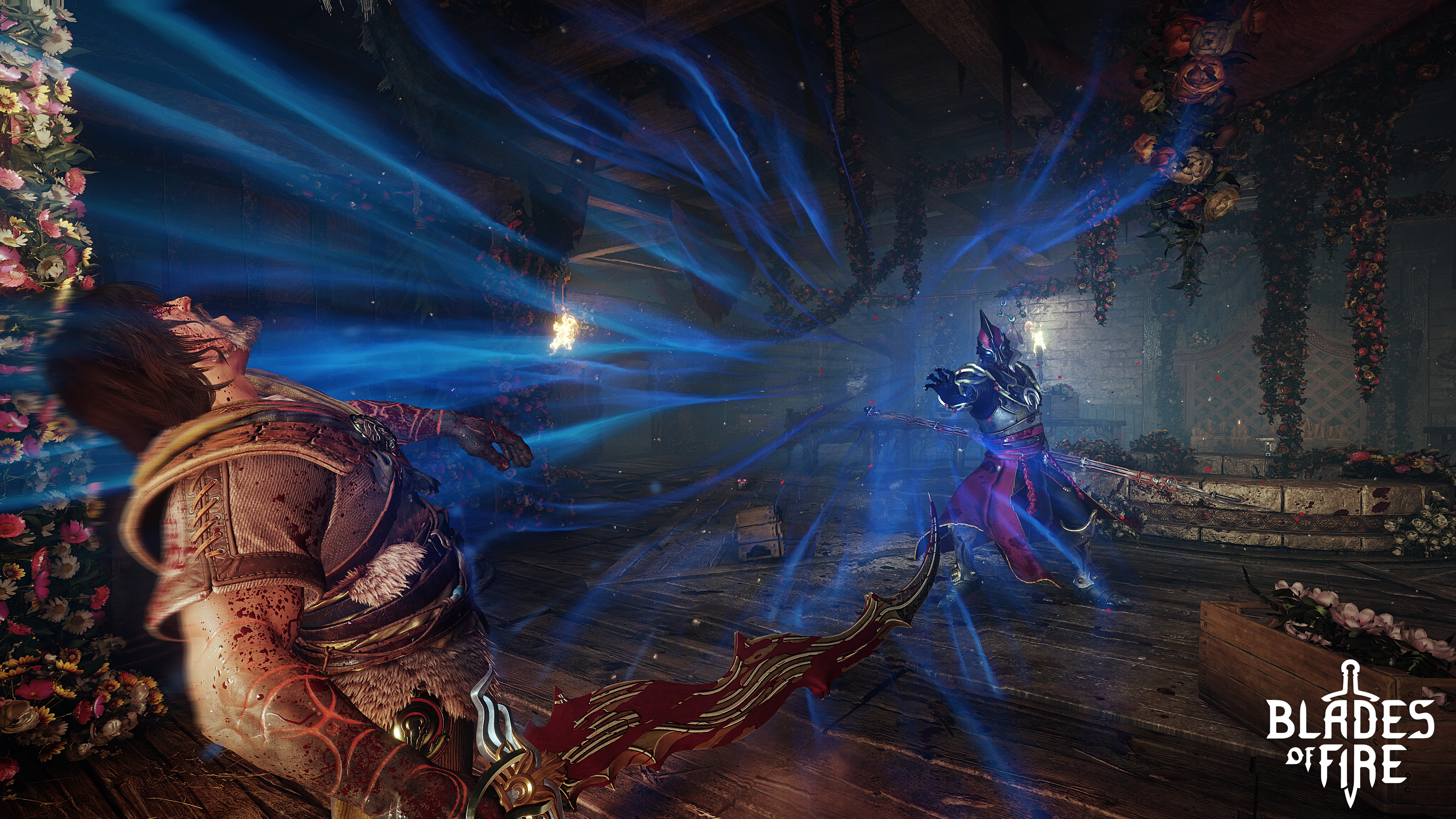
With the dev's own game engine pushing around some wonderful graphics and visual design, I have to ask if there's a piece of tech Enric can't live without, or something that has made the game possible. His answer is surprising but fitting for a game focused on traditional art influences; it's not a rendering pipeline or a physics system. Enric's must-have tech is digital paper.
"I have a reMarkable tablet, and I’m completely in love with it," he says, grinning. "It let me write the story and dialogue for the game with no distractions, fully focused – writing by hand and truly feeling every word."
That analog heart driving the cutting edge digital world may be the perfect metaphor for Blades of Fire, but it's a good one, and I'll take it. This is a game that embraces modern tools to create something timeless. A fantasy world etched in emotion, light, and colour. Oh, and if you want to follow Enric's example, read our guide to the best drawing tablets with a stylus.
Blades of Fire releases 22 May. Visit the MercurySteam website for more details.







